Vancouver exhibition celebrates mid-century architecture photographer Selwyn Pullan
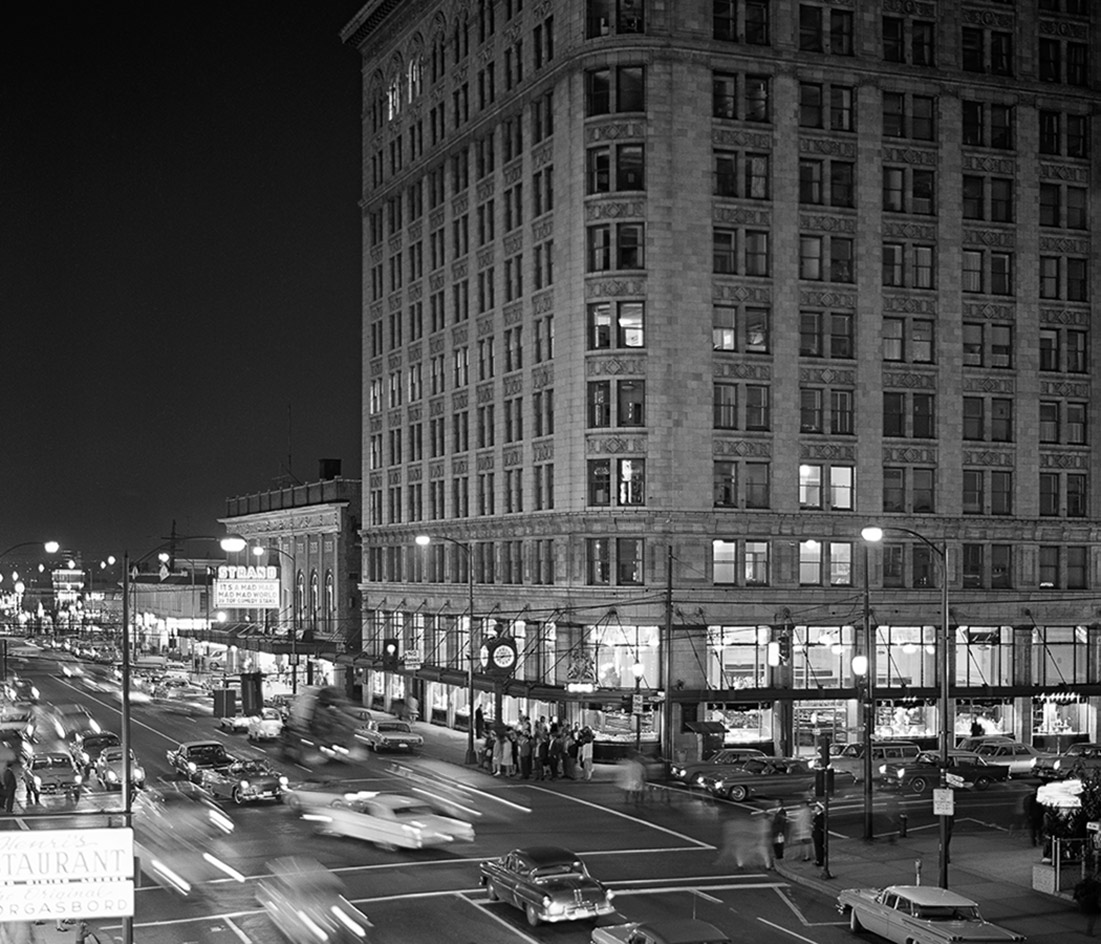
The West Vancouver Museum’s ‘Selwyn Pullan: What’s Lost’ – their third exhibition of the work of Canada’s answer to Julius Shulman in a decade – is as much about the loss of chemical photography as it is about Vancouver’s vanishing architectural heritage.
Rather than merely digitally scanning the oeuvre of the celebrated photographer, who donated his archive to the museum before he died at age 95 last year, director Darrin Morrison and assistant curator Kiriko Watanabe have painstakingly worked with the original negatives to remove the blemishes of time and to replicate the colour and feel of the original prints.
‘We didn’t want to just document his work,’ says Morrison of the photographer – a ‘perfectionist’ who took pride in printing his own images, ‘but to celebrate his artistry’.
And so they have, in a thoughtfully-curated exhibition on until 14 July, that evokes a nostalgic sense of both absence and presence. Pullan’s hand-built camera stands in for the man himself and welcomes visitors to the modest two-room gallery that has become a temporary shrine to the disappeared buildings of Vancouver.
The South side of the gallery offers some stunning black and white prints – many exhibited for the first time – that include the Birks building, an Edwardian treasure bulldozed in 1974 and replaced by a corporate tower. A 1957 image of the Thompson Berwick Pratt designed BC Electric Building (since residentialised, renamed the Electra and featured in the Architour section of the Wallpaper*City Guide Vancouver) called ‘Downtown Vancouver’, recalls a time when it served as a beacon for ships in the nearby port. Today it is dwarfed by towers.
The North side of the museum offers two fabulous colour prints of the now demolished Ritz Hotel that speak to Vancouver’s mid-century age of glamour and elegance, while the back room offers mediations on loss that are simultaneously celebrations of heritage.
Pullan’s warm and intimate photographs of now demolished homes by iconic West Coast architects like Arthur Erickson and Barry Downs, with their respective owners enjoying them at a time when the single family home was not a luxury, are countered by engaging portraits of architects and artists of the era.
An image of the lone survivor – the Campbell Residence photographed with its 1960 newly remodelled kitchen – defies the odds of current day, condo crazed Vancouver and dares us to ponder what’s been lost.
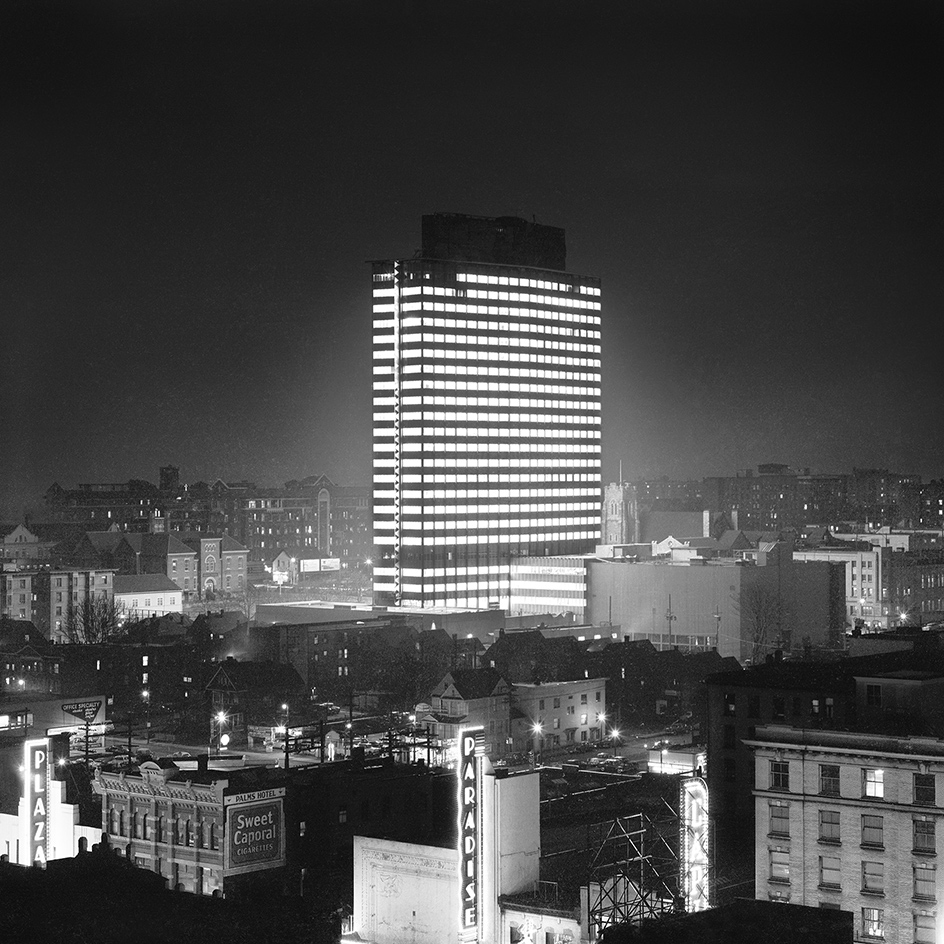
Downtown Vancouver (1957) shot by Selwyn Pullan.
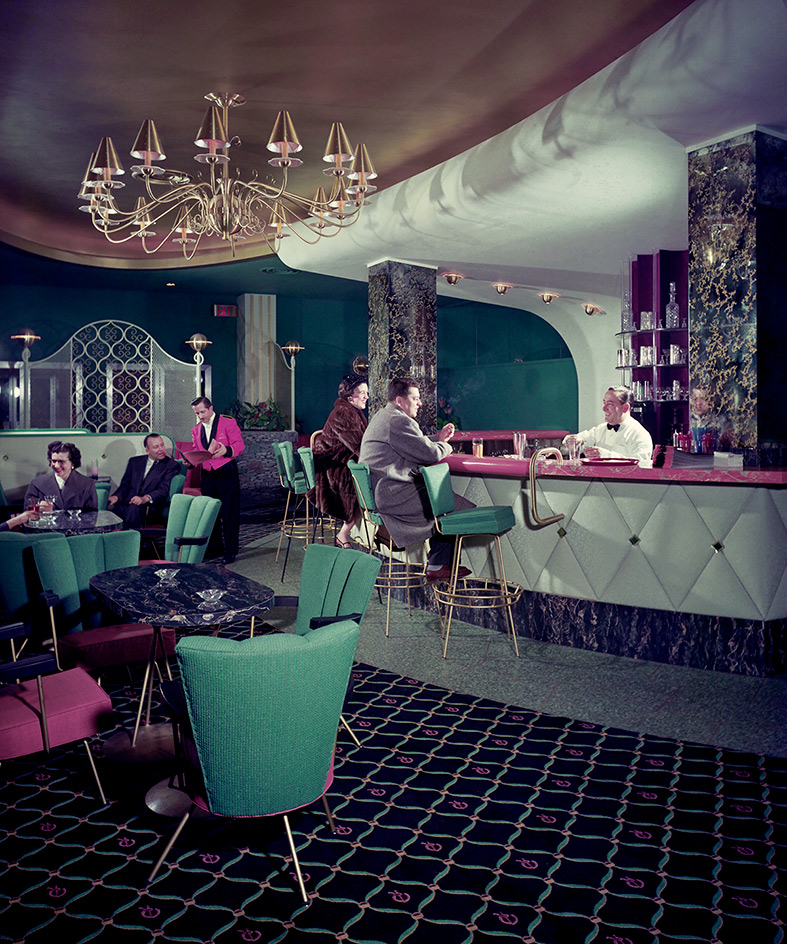
Ritz Hotel Lounge, Vancouver (1956) redesigned by Robert Robinson, shot by Selwyn Pullan.
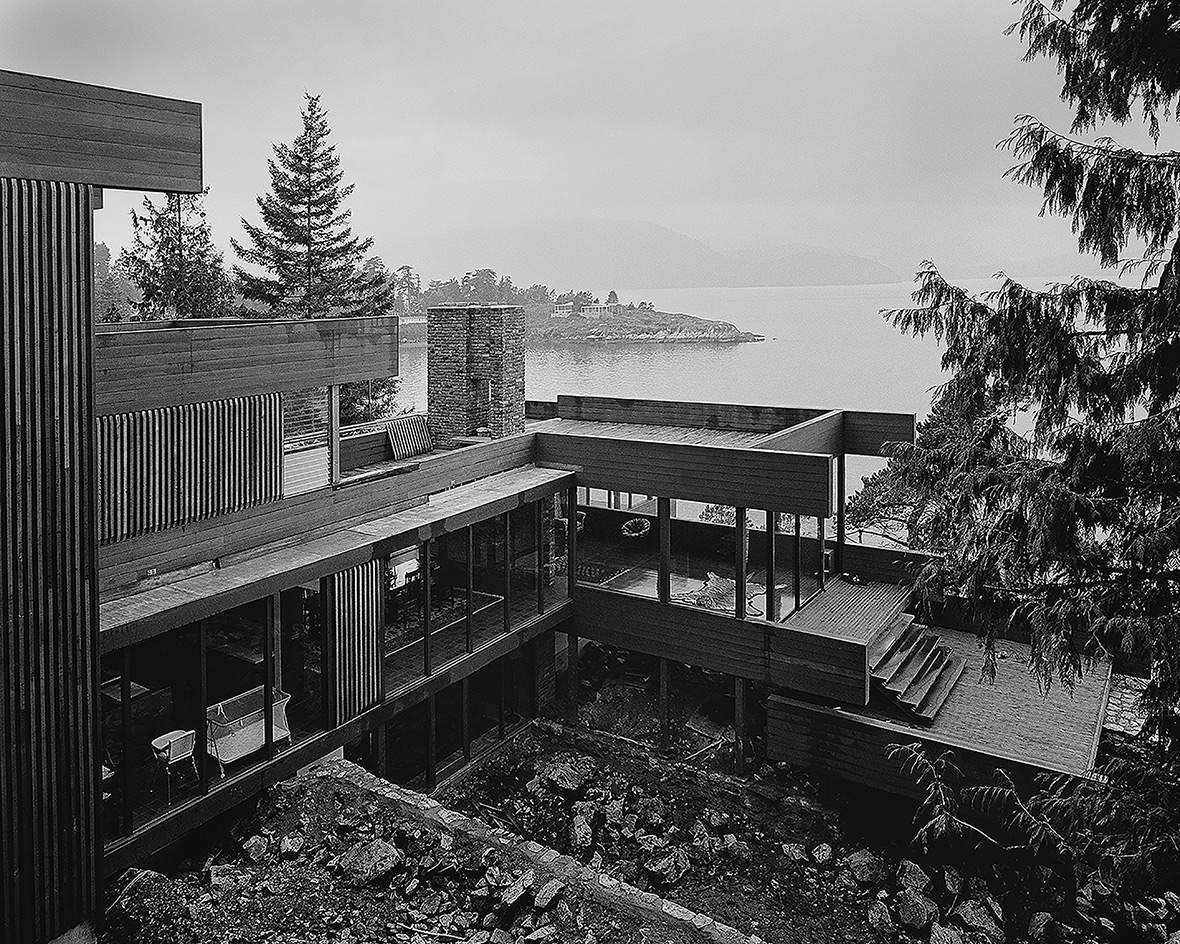
Graham Residence, West Vancouver (1965) designed by Erickson and Massey, shot by Selwyn Pullan.
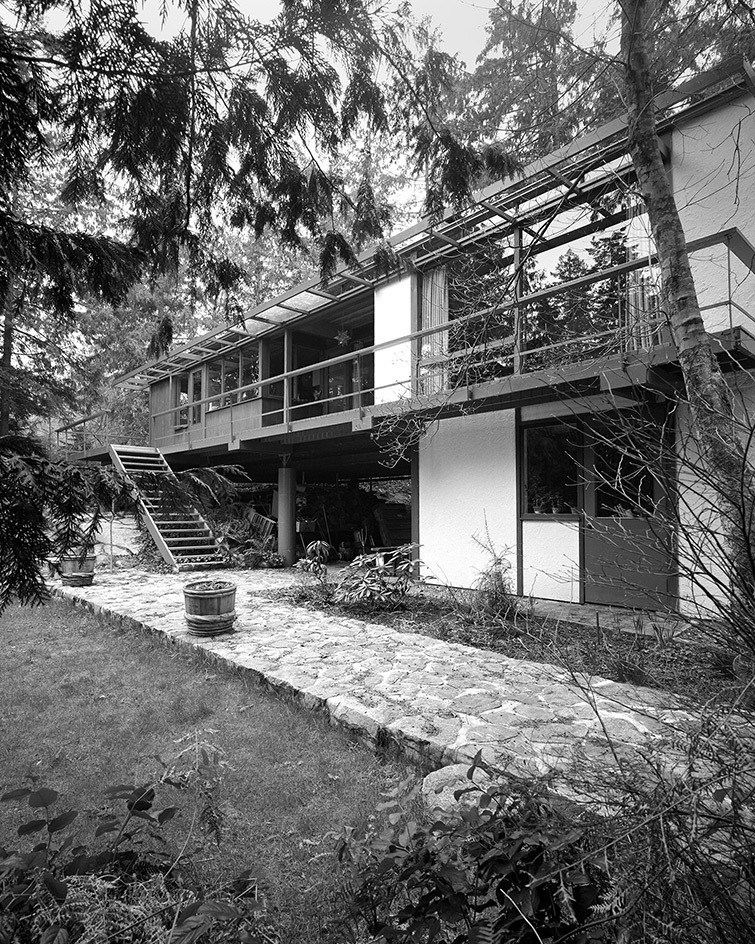
Smith Residence, West Vancouver (1960) designed by Erickson and Massey, shot by Selwyn Pullan.
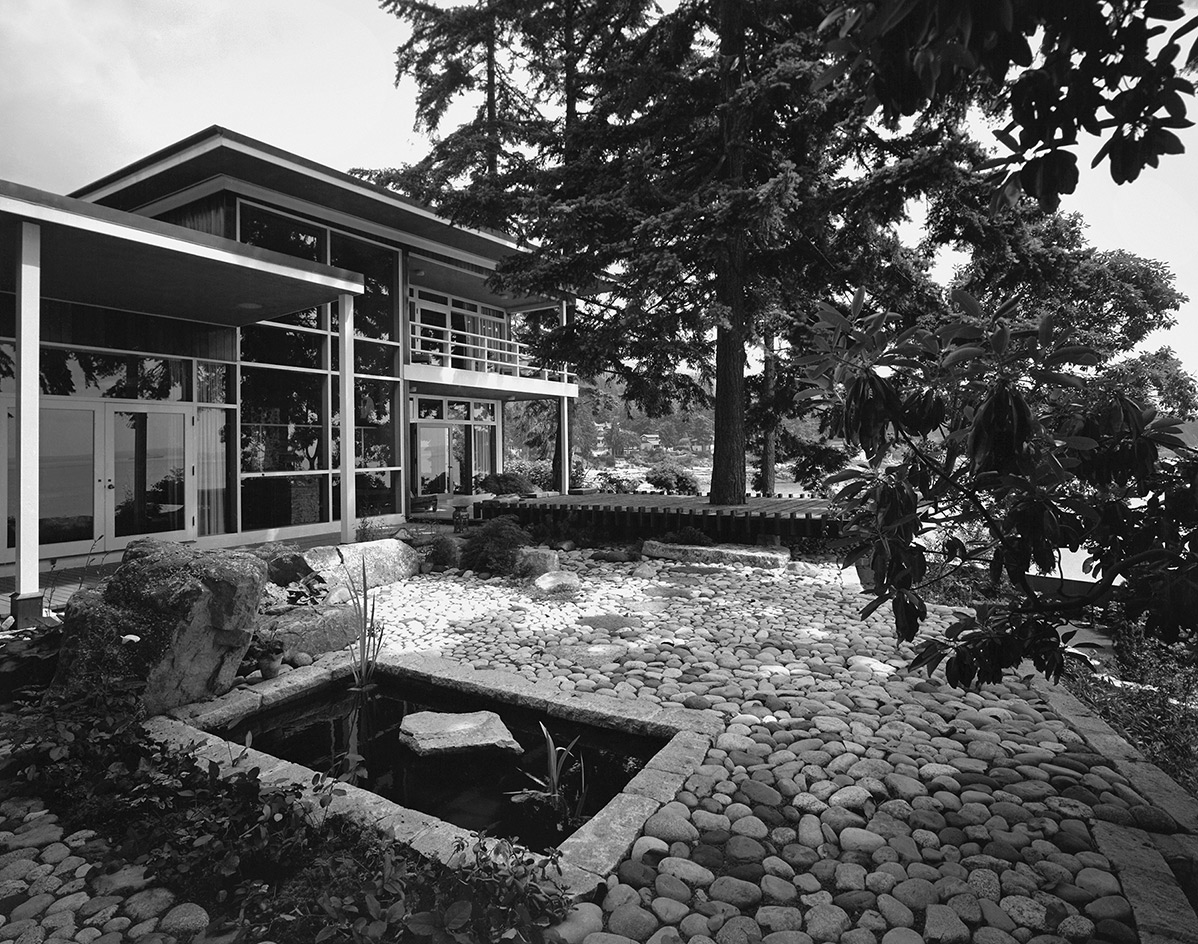
Brooks Residence, West Vancouver (1963) designed by Thompson, Berwick & Pratt, shot by Selwyn Pullan.
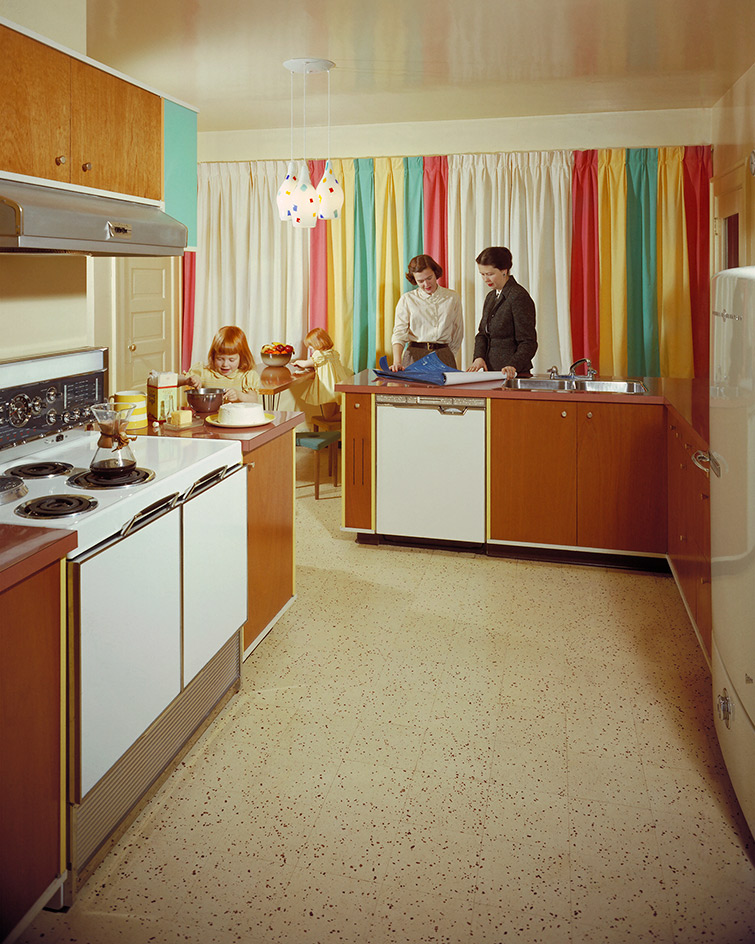
Campbell Residence, Vancouver (1960) kitchen designed by Pamela Charlesworth, shot by Selwyn Pullan.
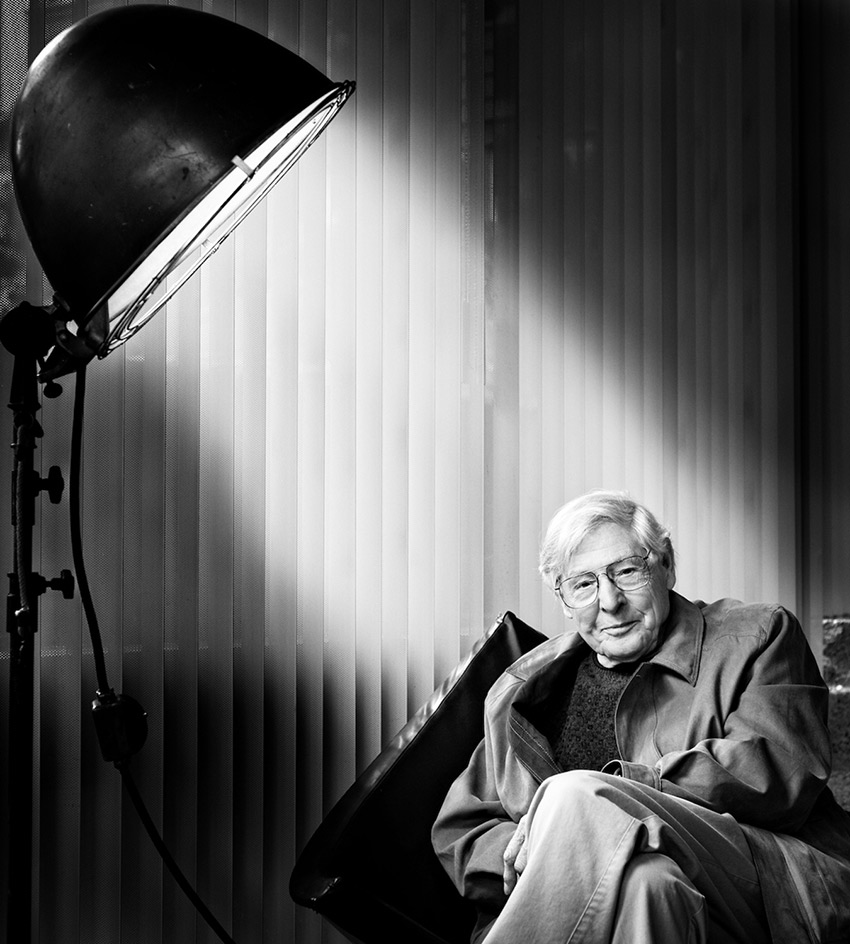
Selwyn Pullan photographed in his studio in 2008.
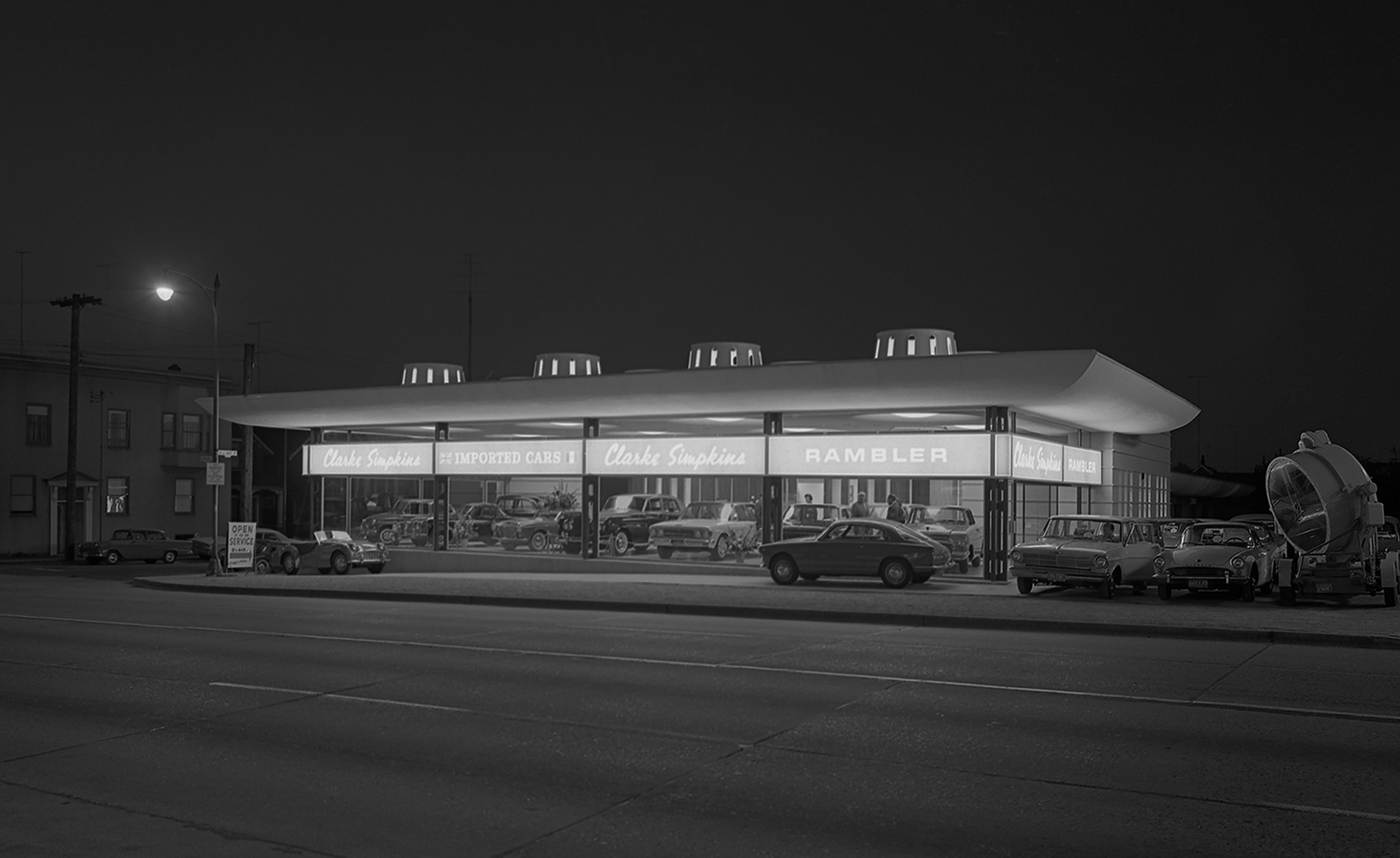
Clarke Simpkins, Vancouver (1963) designed by Thompson, Berwick & Pratt, shot by Selwyn Pullan.
INFORMATION
’Selwyn Pullan: What’s Lost’ runs at the West Vancouver Museum until the 14th July. For more information visit the museum’s website
Receive our daily digest of inspiration, escapism and design stories from around the world direct to your inbox.
-
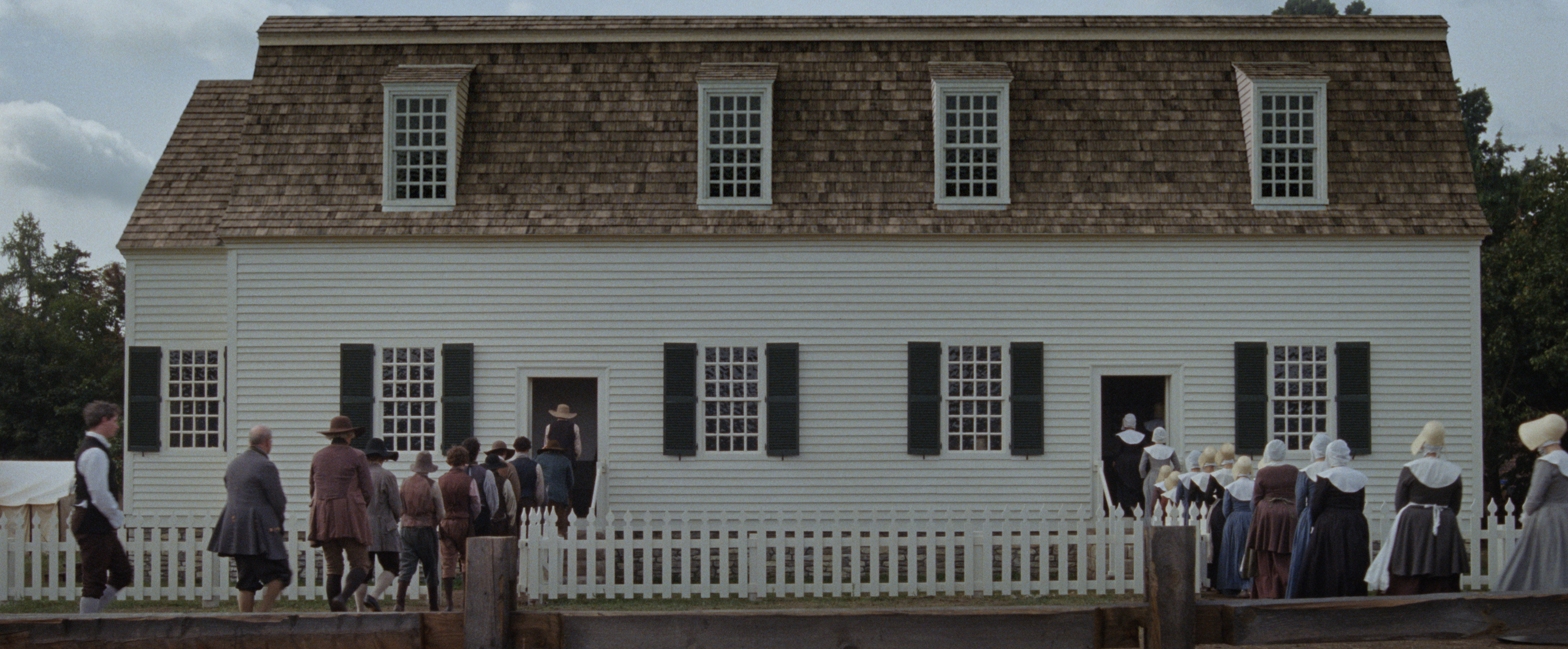 The Testament of Ann Lee brings the Shaker aesthetic to the big screen
The Testament of Ann Lee brings the Shaker aesthetic to the big screenDirected by Mona Fastvold and featuring Amanda Seyfried, The Testament of Ann Lee is a visual deep dive into Shaker culture
-
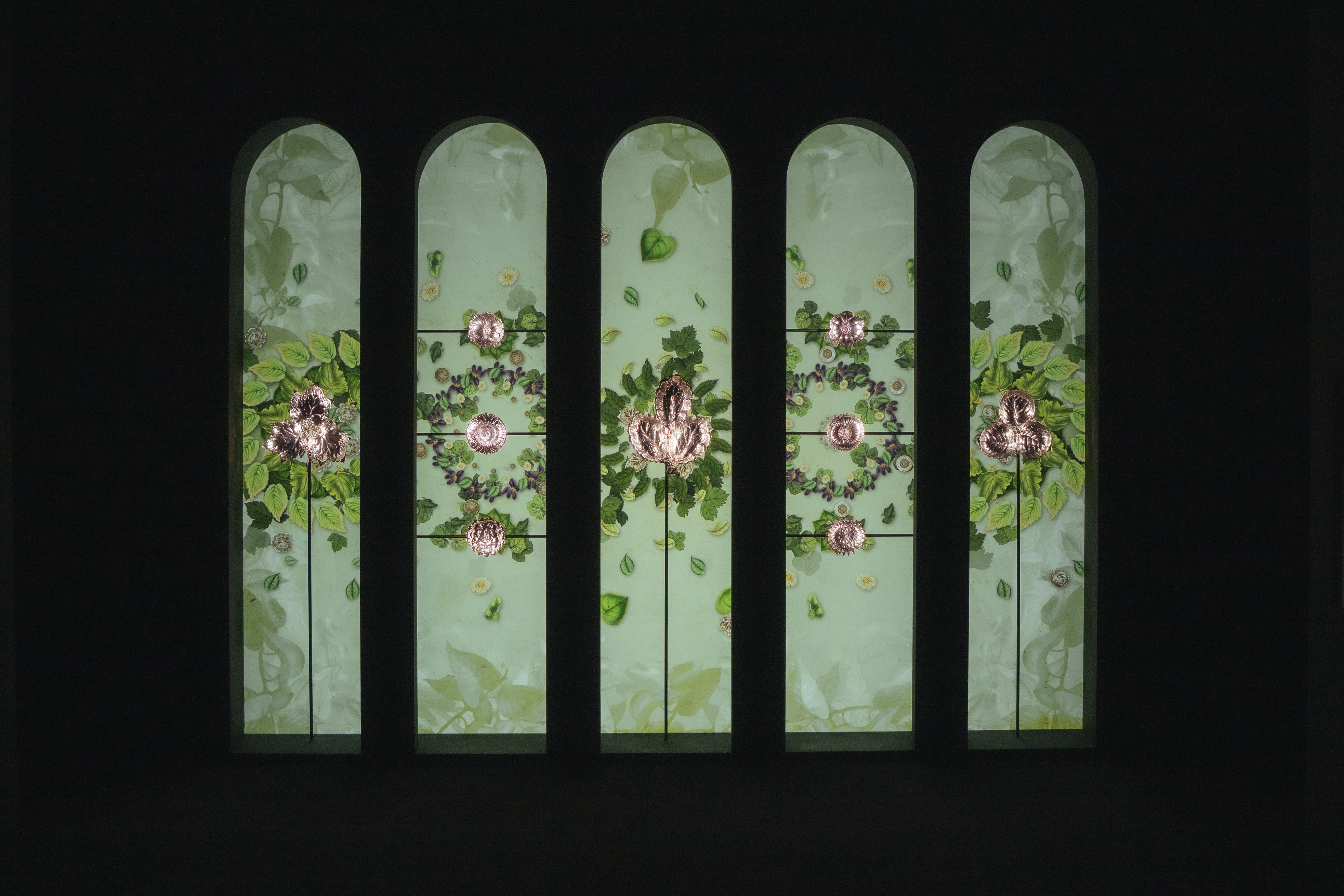 Dive into Buccellati's rich artistic heritage in Shanghai
Dive into Buccellati's rich artistic heritage in Shanghai'The Prince of Goldsmiths: Buccellati Rediscovering the Classics' exhibition takes visitors on an immersive journey through a fascinating history
-
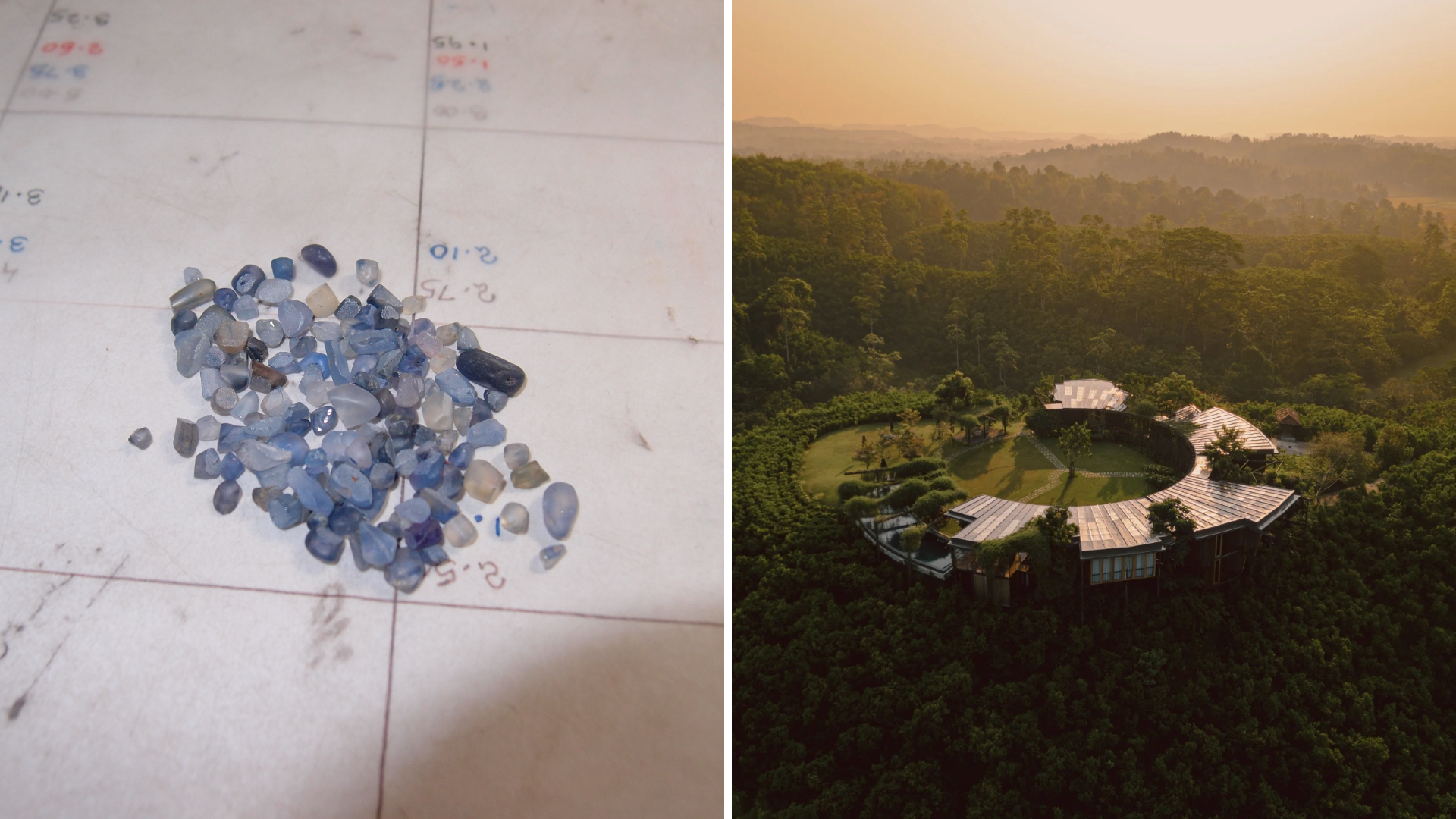 Love jewellery? Now you can book a holiday to source rare gemstones
Love jewellery? Now you can book a holiday to source rare gemstonesHardy & Diamond, Gemstone Journeys debuts in Sri Lanka in April 2026, granting travellers access to the island’s artisanal gemstone mines, as well as the opportunity to source their perfect stone
-
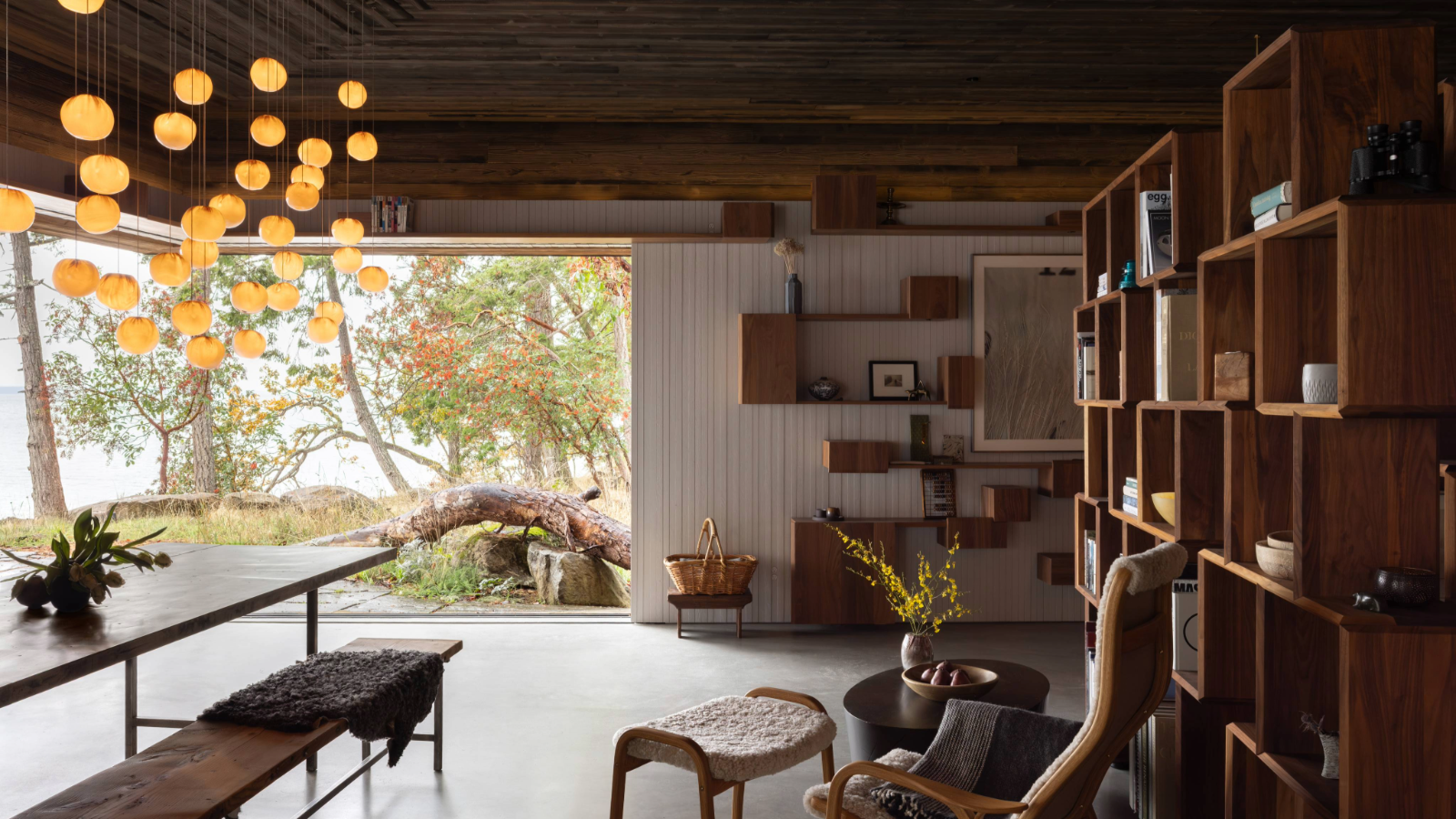 This retreat deep in the woods of Canada takes visitors on a playful journey
This retreat deep in the woods of Canada takes visitors on a playful journey91.0 Bridge House, a new retreat by Omer Arbel, is designed like a path through the forest, suspended between ferns and tree canopy in the Gulf Island archipelago
-
 The Architecture Edit: Wallpaper’s houses of the month
The Architecture Edit: Wallpaper’s houses of the monthFrom wineries-turned-music studios to fire-resistant holiday homes, these are the properties that have most impressed the Wallpaper* editors this month
-
 This modernist home, designed by a disciple of Le Corbusier, is on the market
This modernist home, designed by a disciple of Le Corbusier, is on the marketAndré Wogenscky was a long-time collaborator and chief assistant of Le Corbusier; he built this home, a case study for post-war modernism, in 1957
-
 Louis Kahn, the modernist architect and the man behind the myth
Louis Kahn, the modernist architect and the man behind the mythWe chart the life and work of Louis Kahn, one of the 20th century’s most prominent modernists and a revered professional; yet his personal life meant he was also an architectural enigma
-
 The Architecture Edit: Wallpaper’s houses of the month
The Architecture Edit: Wallpaper’s houses of the monthFrom Malibu beach pads to cosy cabins blanketed in snow, Wallpaper* has featured some incredible homes this month. We profile our favourites below
-
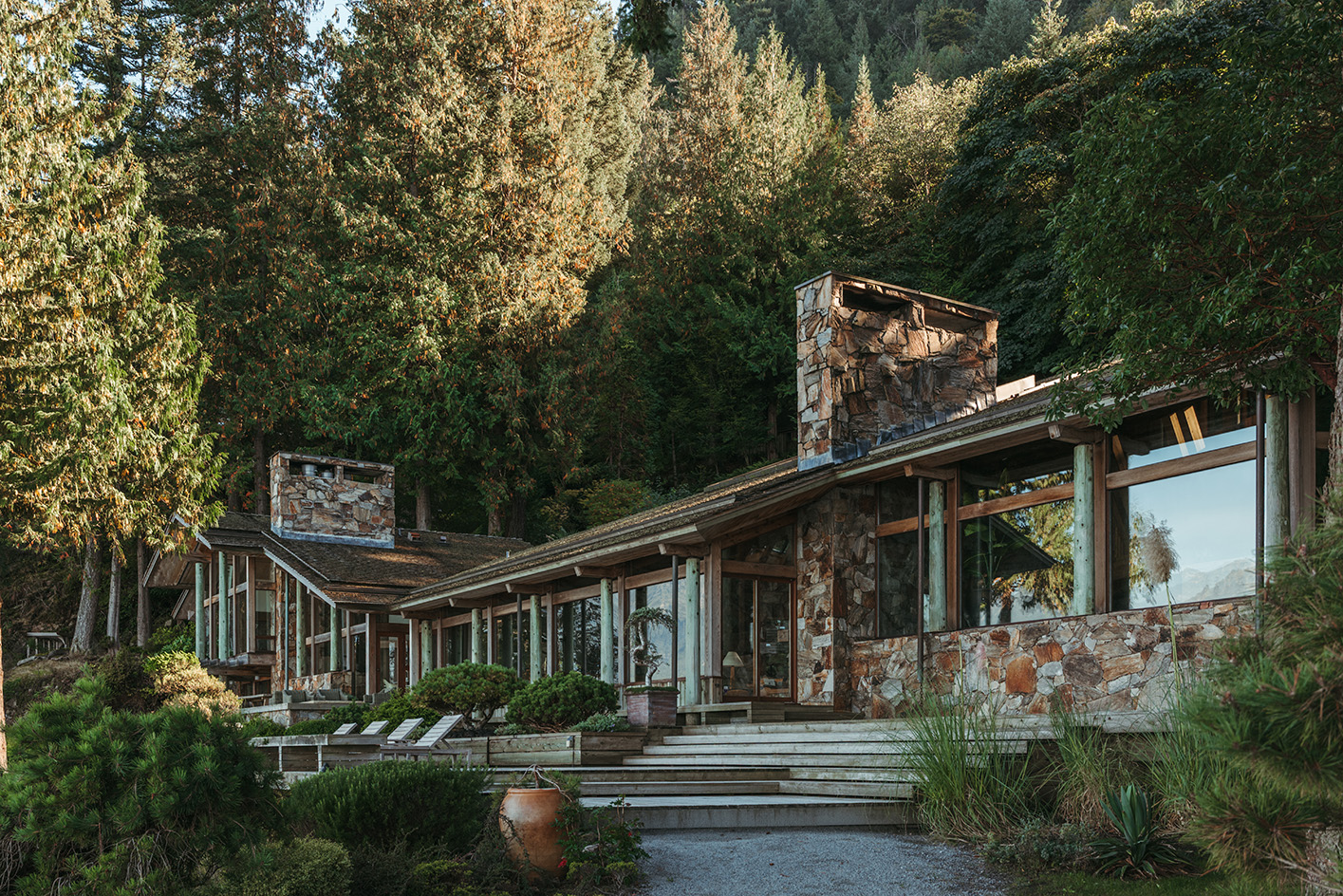 Explore the riches of Morse House, the Canadian modernist gem on the market
Explore the riches of Morse House, the Canadian modernist gem on the marketMorse House, designed by Thompson, Berwick & Pratt Architects in 1982 on Vancouver's Bowen Island, is on the market – might you be the new custodian of its modernist legacy?
-
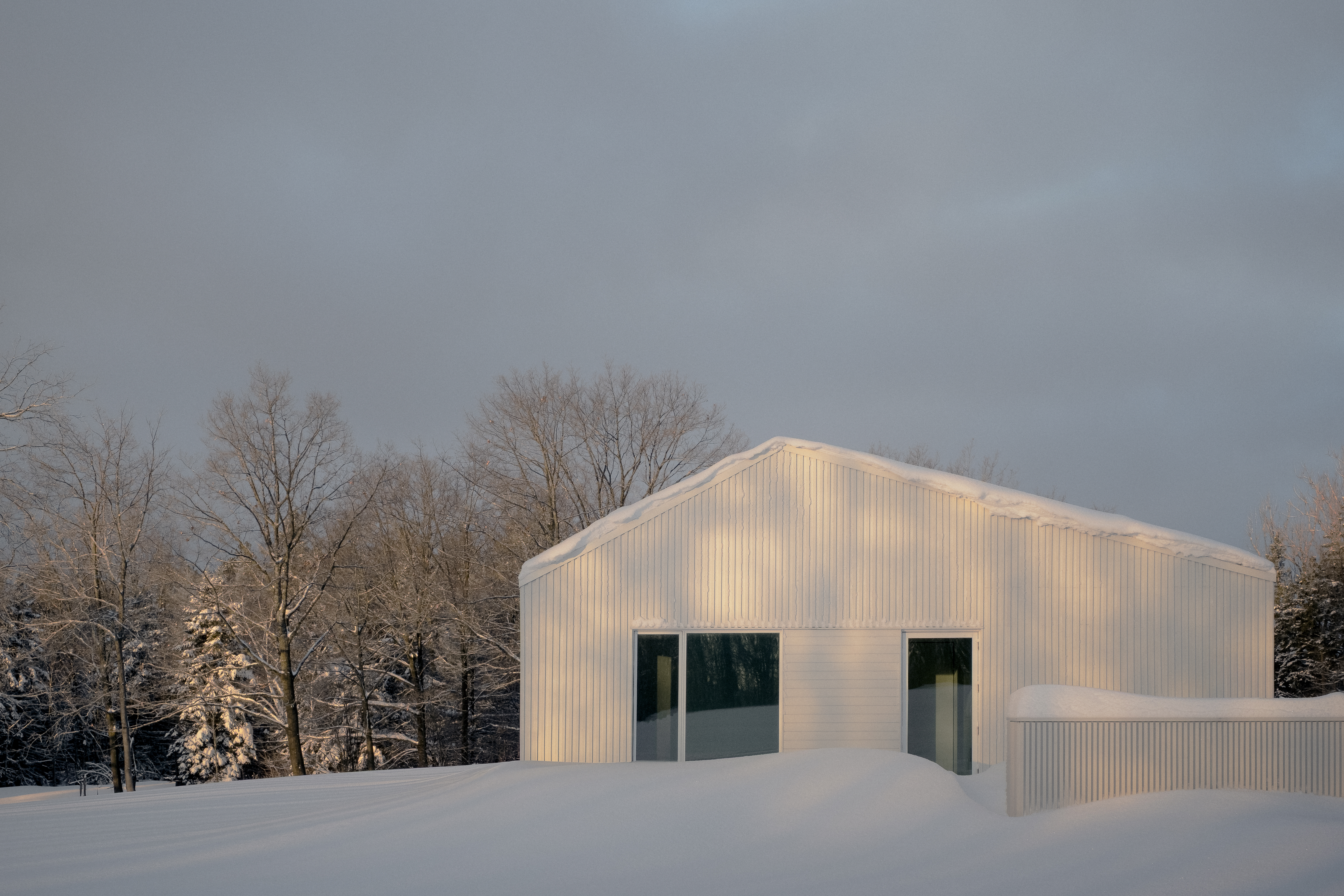 Cosy up in a snowy Canadian cabin inspired by utilitarian farmhouses
Cosy up in a snowy Canadian cabin inspired by utilitarian farmhousesTimbertop is a minimalist shelter overlooking the woodland home of wild deer, porcupines and turkeys
-
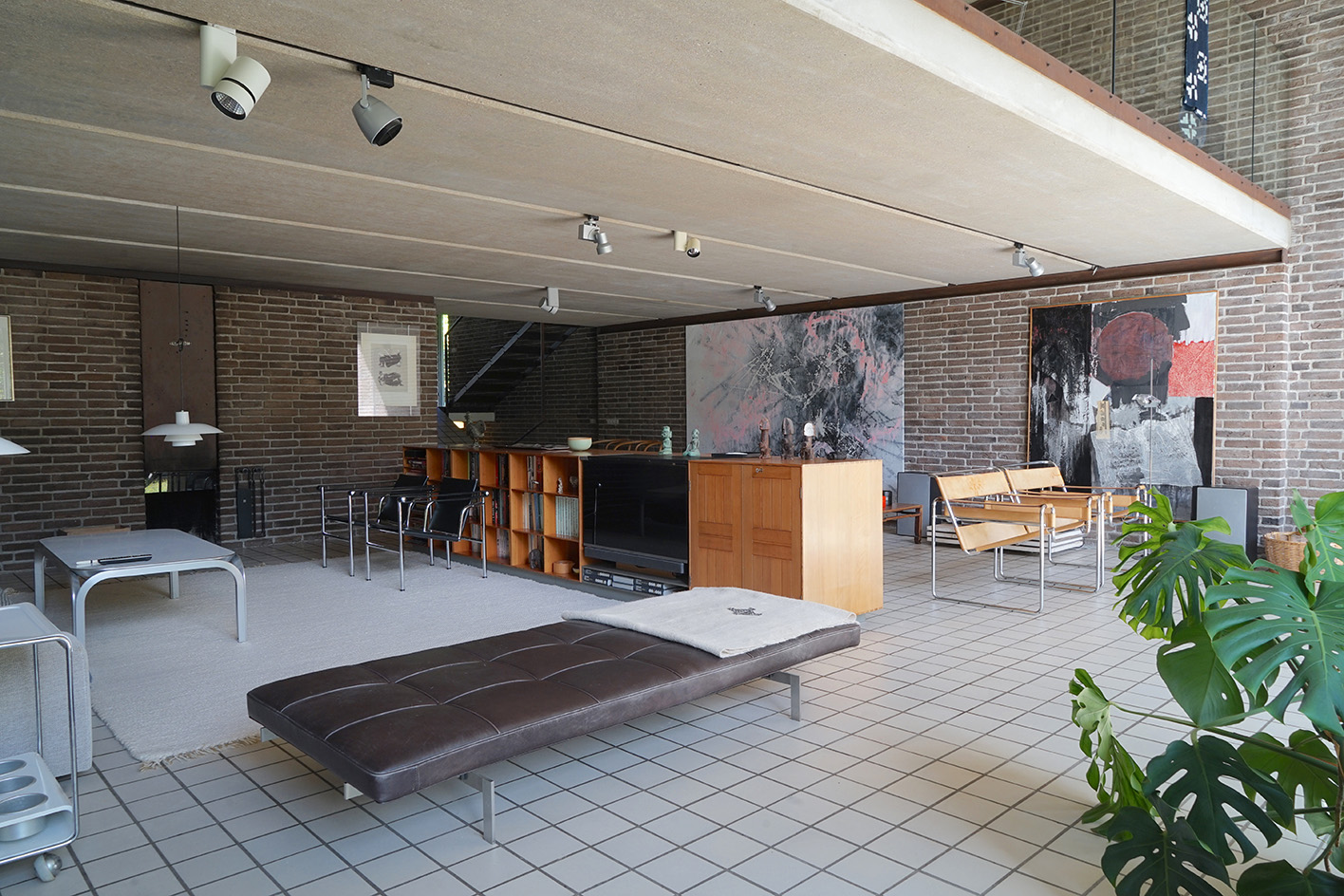 Three lesser-known Danish modernist houses track the country’s 20th-century architecture
Three lesser-known Danish modernist houses track the country’s 20th-century architectureWe visit three Danish modernist houses with writer, curator and architecture historian Adam Štěch, a delve into lower-profile examples of the country’s rich 20th-century legacy